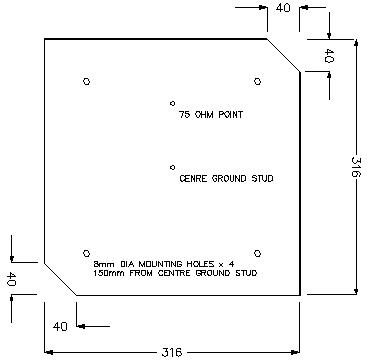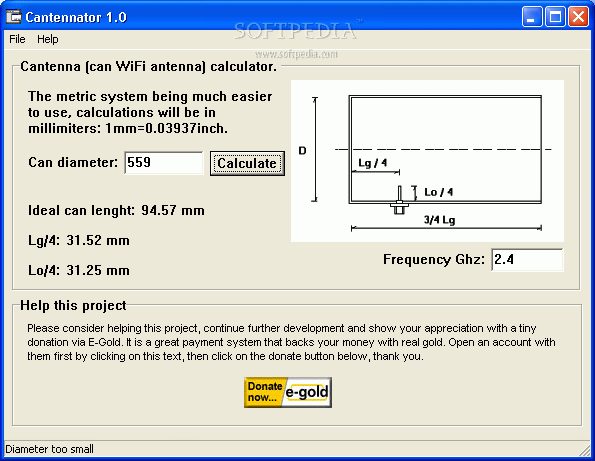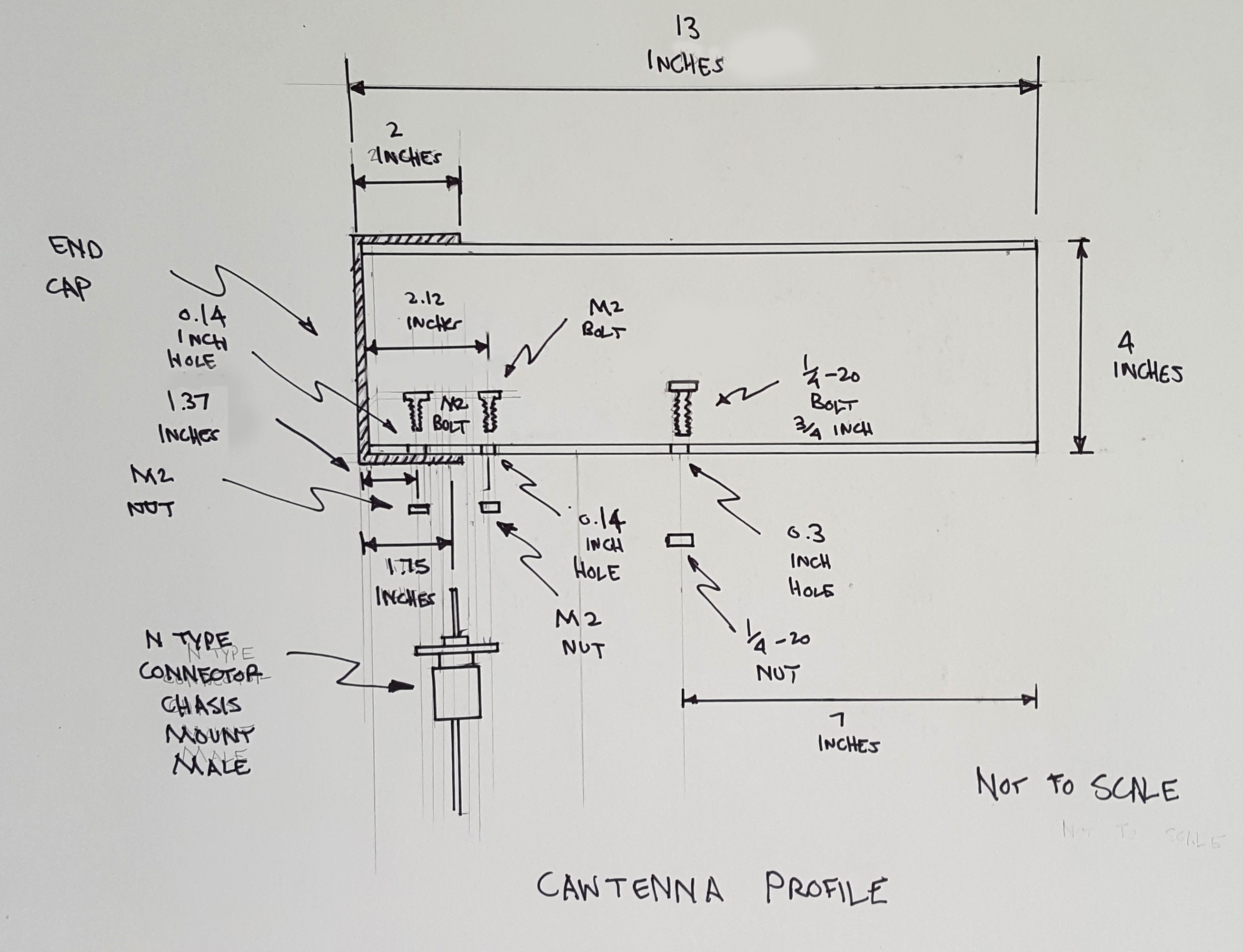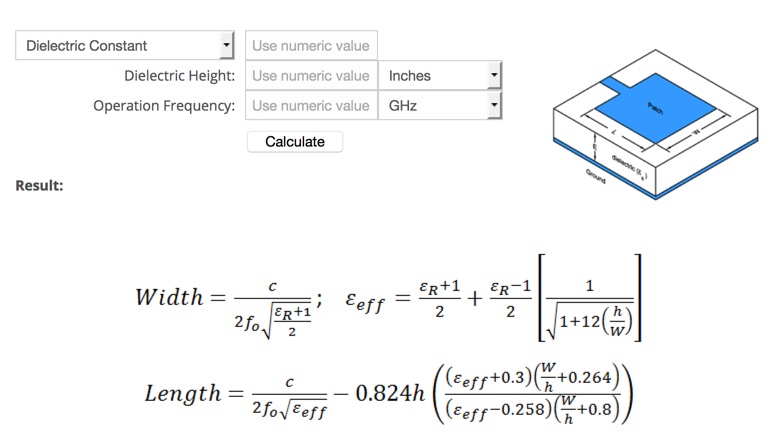

The antenna, distance of the pickup from the end of the tube and the 1 The important parameters are the diameter of the tube used to form The Poor Wifi Hackers Choice” by Sven-Erik Zetterström. Parameters to use for a cantenna are covered in the book “Cantenna The most complete information on the optimum It is literally is a can with a pickup mounted a set distance from The cantenna is anĪbbreviation of the word “can” and antenna. Simplify the construction process and make it easy to construct This design can be build for under AUD$5 and reuses a food, juice, or other tin can".Yagi or parabolic antennaes are the most effectiveĪt concentrating the power of the WiFi transmitter in a specificĭirection but they are complex to design and construct. "Got no dough for a commercial antenna? Looking for an inexpensive way to increase the range of your wireless network? A tin can waveguide antenna, or Cantenna, may be just the ticket. On Golden Circle Pineapple Juice cans you should drill at FAT (between PROTEIN and CARBOHYDRATE) on the nutrition table.Ĭheck out Roger Venning's testing results. NOT 3.1cm as claimed on the Pringles can sites! (see photos) Remember: the distance from the base of the can to the N-connector wire is 6.2cm according to Grant, confirmed at Installfest. At 24dBi gain, it rates very well against the commercial alternatives. Mark Vincent followed the directions and specifications on Grant's website and tested them at Installfest 2002.

One of the best Melbourne Wireless cantenna designs is found on Grants site.

In order to improve the reception of the cantenna, bouncing it off a parabolic reflector is a great improvement.

See How To Build A Tin Can Waveguide Antenna. It is basically a tin food can with a N-connector (with a piece of wire) at the right position in the can's side. A cantenna is a very simple but effective antenna, used for 802.11b wireless networks or other 2.4GHz applications.


 0 kommentar(er)
0 kommentar(er)
